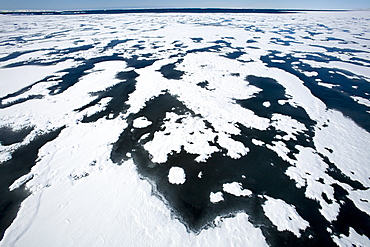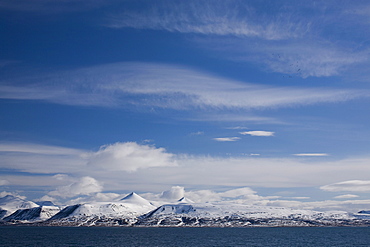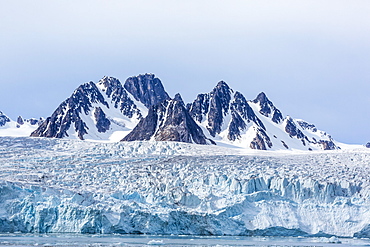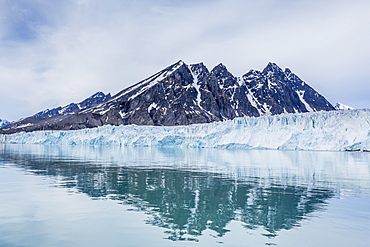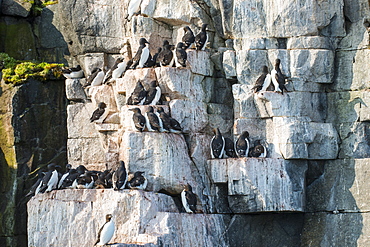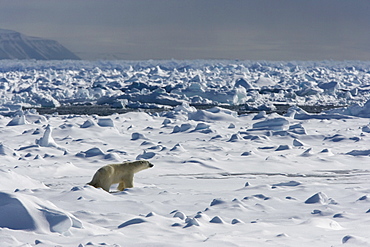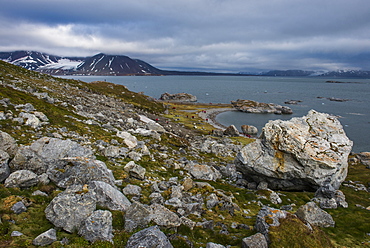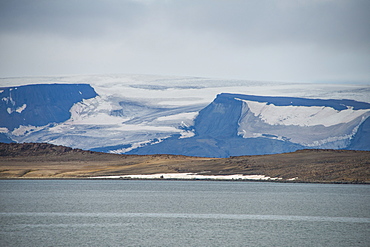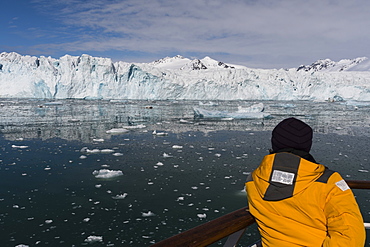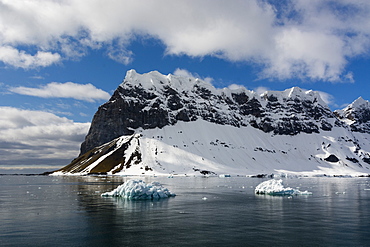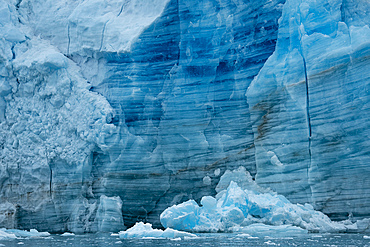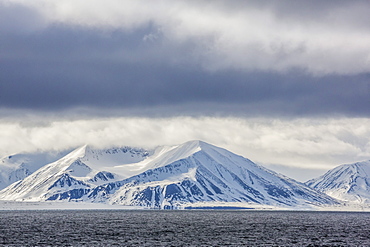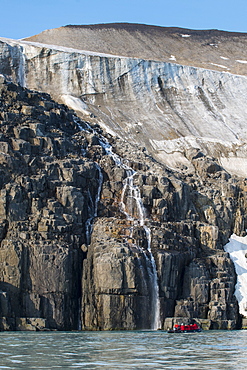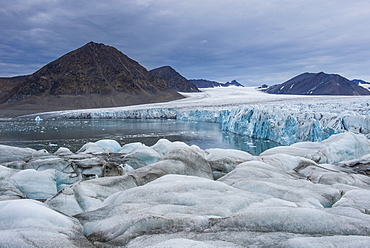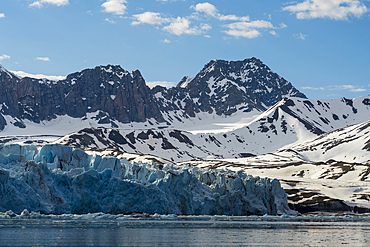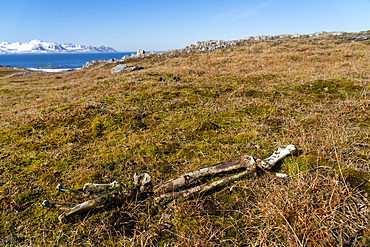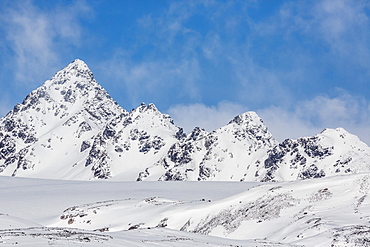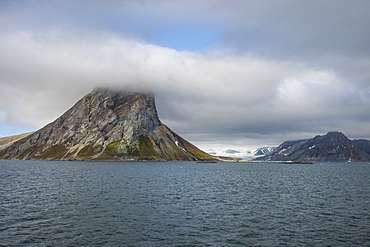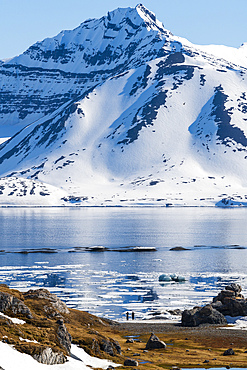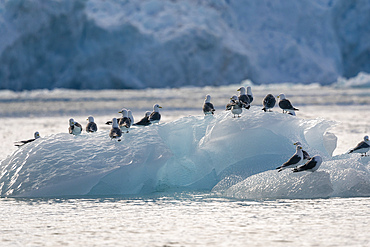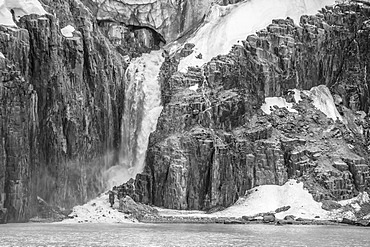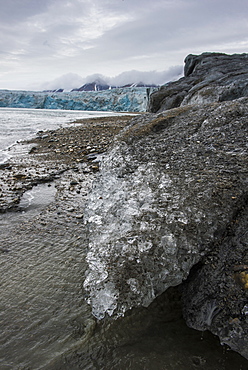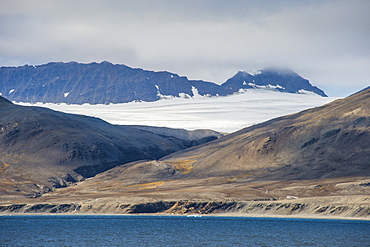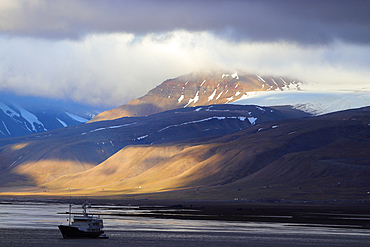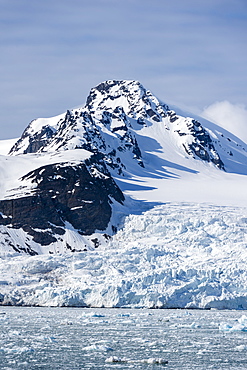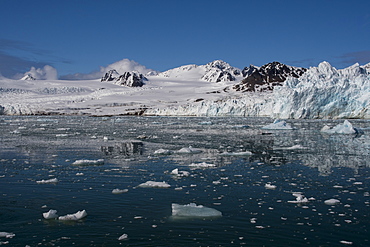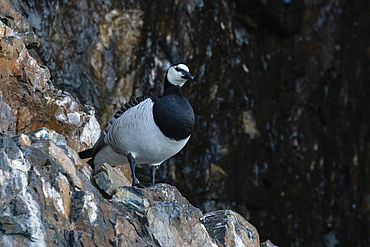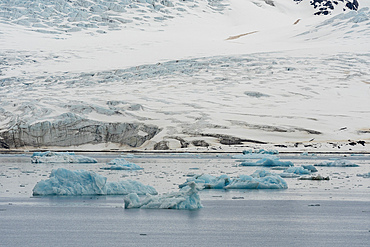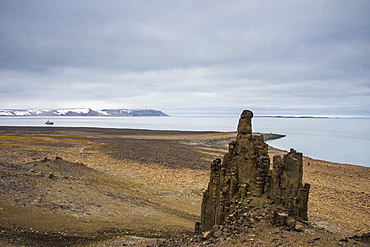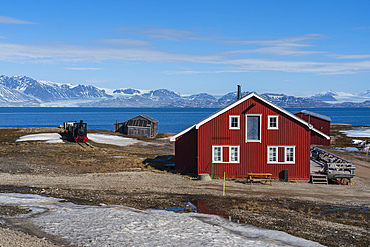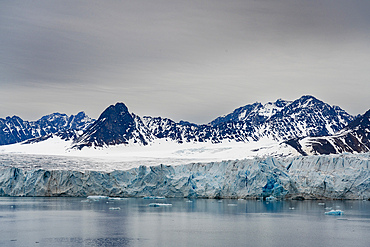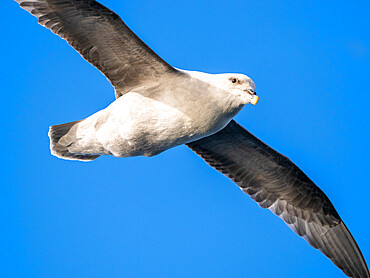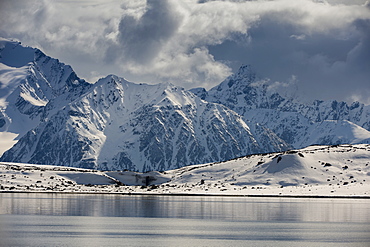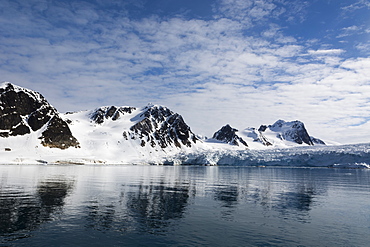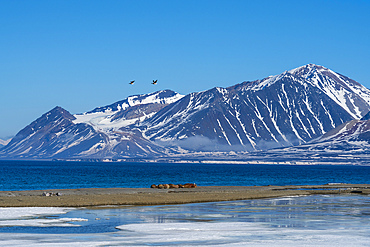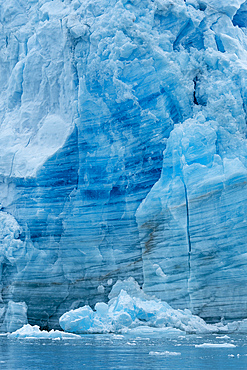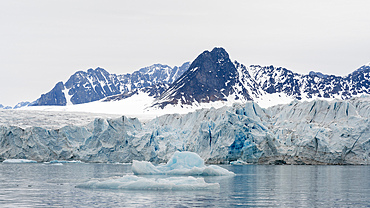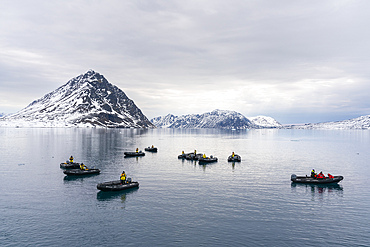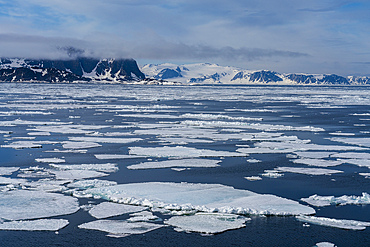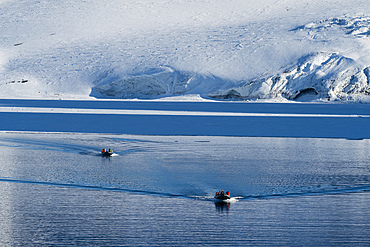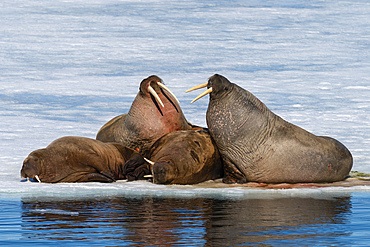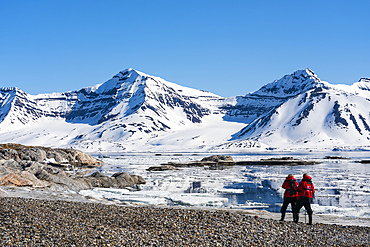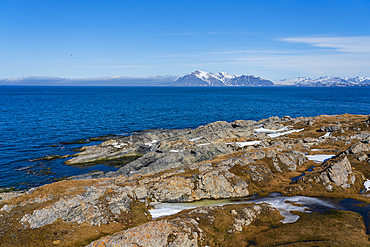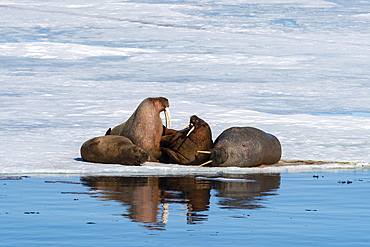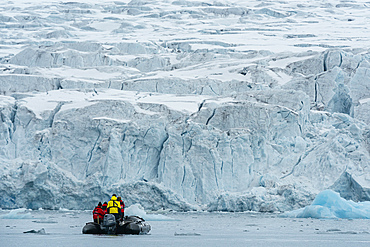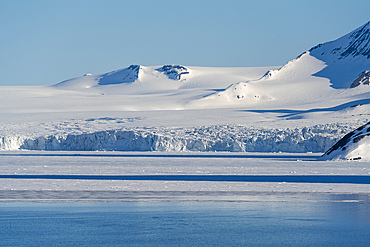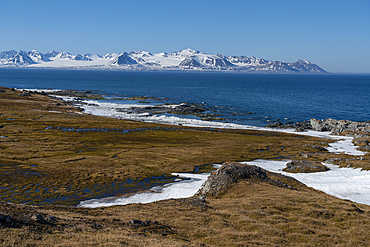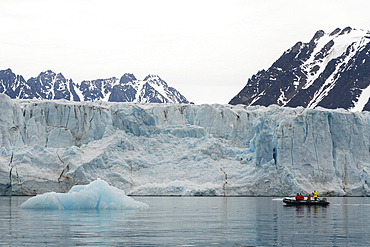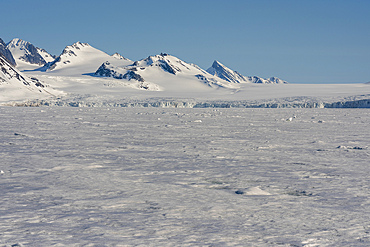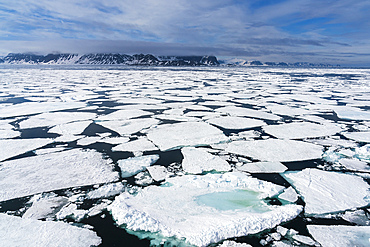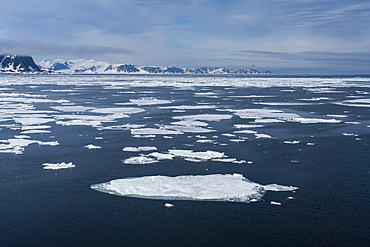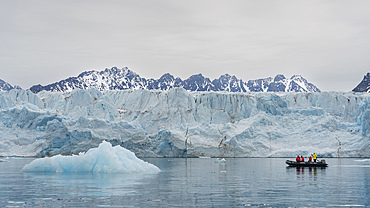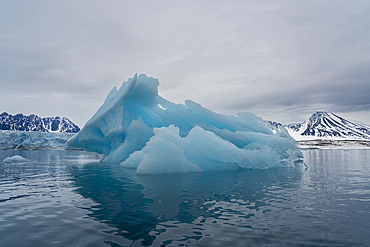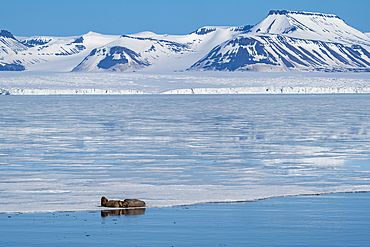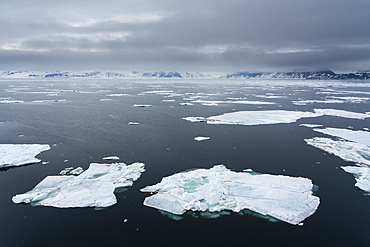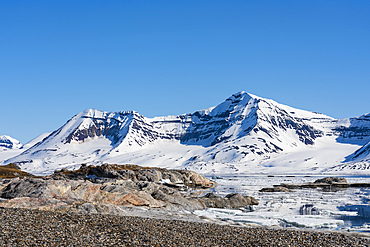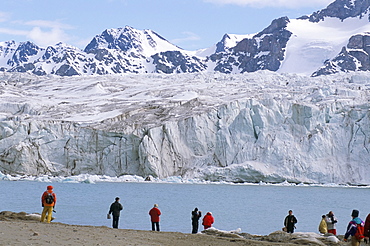Results
« Previous 1 … 7 8 9 10 Next »
927 results found
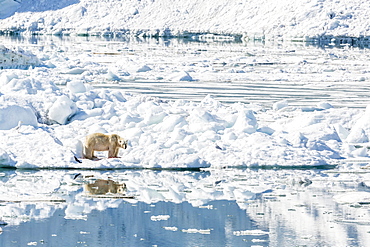
Adult polar bear (Ursus maritimus) on ice in Hornsund, Spitsbergen, Svalbard, Norway, Scandinavia, Europe
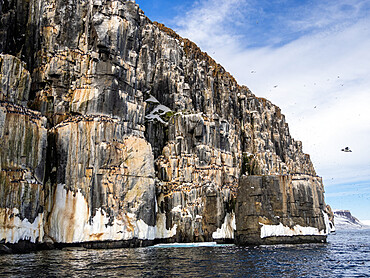
The famous bird cliffs at Alkefjellet, literally meaning Mountain of the Guillemots, Svalbard, Norway, Europe
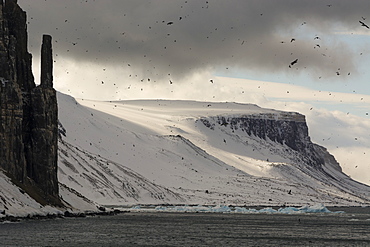
Bruennich's Guillemots (Uria lomvia), Alkefjellet, Spitsbergen, Svalbard Islands, Arctic, Norway, Europe
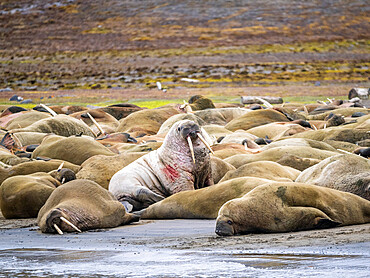
Adult male walruses (Odobenus rosmarus) hauled out on the beach at Kapp Lee, Edgeoya, Svalbard, Norway, Europe

Male and female Svalbard reindeer (Rangifer tarandus platyrhynchus) at Gosbergkilen, Spitsbergen, Svalbard, Norway, Scandinavia, Europe
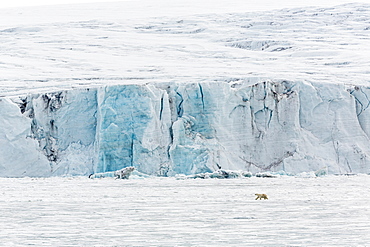
Adult polar bear (Ursus maritimus) near glacier face in Storfjord, Svalbard, Norway, Scandinavia, Europe
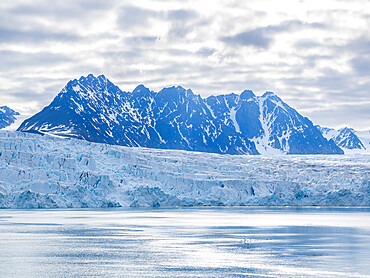
A view of the Lilliehookbreen (Lilliehook Glacier) on the North West side of Spitsbergen, Svalbard, Norway, Europe
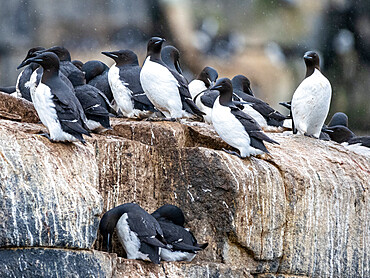
Adult Brunnich's guillemots (Uria lomvia) gathering on the cliffs at Alkefjellet, Spitsbergen, Svalbard, Norway, Europe

Adult male walrus (Odobenus rosmarus) hauling out on the beach at Poolepynten, Svalbard, Norway, Europe
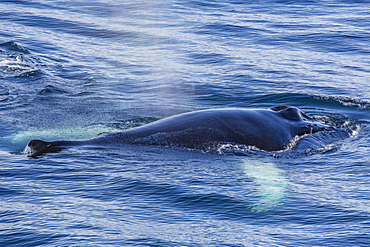
Adult humpback whale (Megaptera novaeangliae) feeding off the west coast of Spitsbergen, Svalbard, Arctic, Norway, Scandinavia, Europe
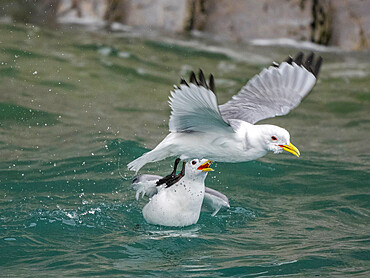
Adult black-legged kittiwakes (Rissa tridactyla), fighting in the sea by the cliffs at southern Bjornoya, Svalbard, Norway, Europe
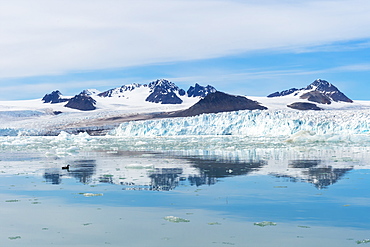
Lilliehook glacier in Lilliehook fjord, a branch of Cross Fjord, Spitsbergen Island, Svalbard Archipelago, Arctic, Norway, Scandinavia, Europe
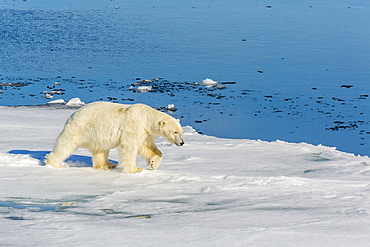
Young adult polar bear (Ursus maritimus) on ice in Hinlopen Strait, Svalbard, Norway, Scandinaiva, Europe
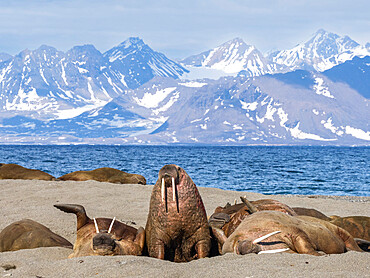
Adult male walruses (Odobenus rosmarus) hauled out on the beach at Poolepynten, Svalbard, Norway, Europe
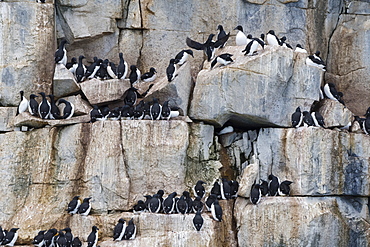
Bruennich's Guillemots (Uria lomvia), Alkefjellet, Spitsbergen, Svalbard Islands, Arctic, Norway, Europe

Frozen waterfall at the cliffs at the southern end of the island of Bjornoya, Svalbard, Norway, Europe

Lilliehook glacier in Lilliehook fjord, a branch of Cross Fjord, Spitsbergen Island, Svalbard Archipelago, Arctic, Norway, Scandinavia, Europe
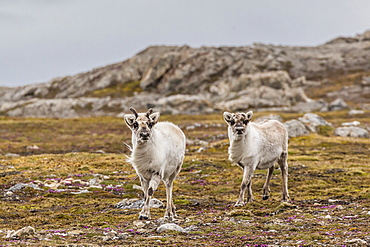
Young Svalbard reindeer (Rangifer tarandus platyrhynchus) at Gosbergkilen, Spitsbergen, Svalbard, Norway, Scandinavia, Europe

Adult Brunnich's guillemots (Uria lomvia) taking flight after a snow avalanche at Alkefjellet, Spitsbergen, Svalbard, Norway, Europe
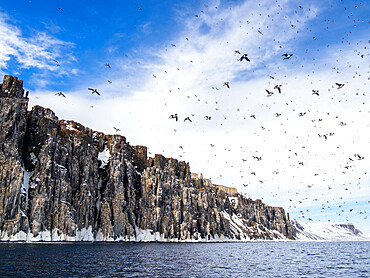
Adult Brunnich's guillemots (Uria lomvia) taking flight after a snow avalanche at Alkefjellet, Spitsbergen, Svalbard, Norway, Europe
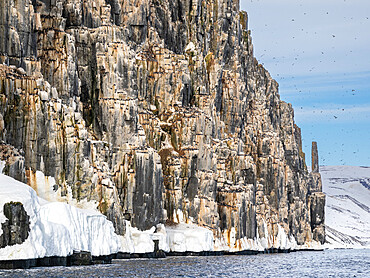
The famous bird cliffs at Alkefjellet, literally meaning Mountain of the Guillemots, Svalbard, Norway, Europe
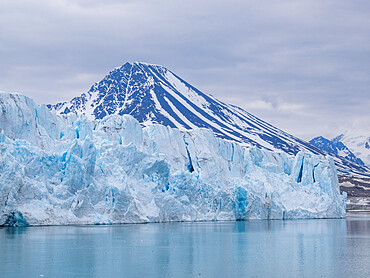
A view of the Lilliehookbreen (Lilliehook Glacier) on the North West side of Spitsbergen, Svalbard, Norway, Europe
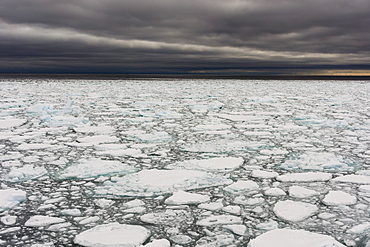
A view of the melting sea ice on the Arctic Ocean at 81 degrees, north of the Svalbard islands, Arctic, Norway, Europe
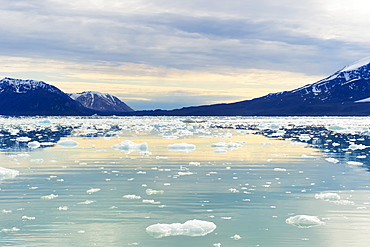
Lilliehook glacier in Lilliehook fjord, a branch of Cross Fjord, Spitsbergen Island, Svalbard Archipelago, Arctic, Norway, Scandinavia, Europe
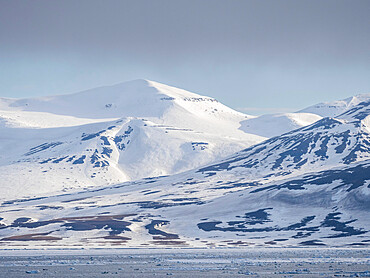
Snow covered mountains and bare rock on the coast of Spitsbergen, Storfjorden, Svalbard, Norway, Europe
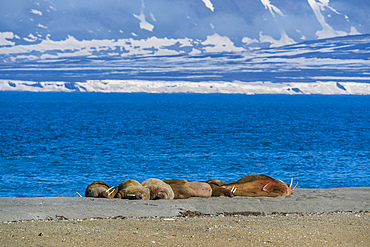
Walruses (Odobenus rosmarus) resting on a beach, Calypsobyen, Spitsbergen, Svalbard Islands, Norway.
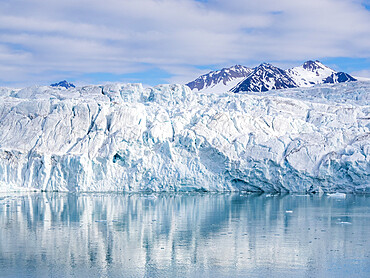
A view of the Lilliehookbreen (Lilliehook Glacier) on the North West side of Spitsbergen, Svalbard, Norway, Europe
